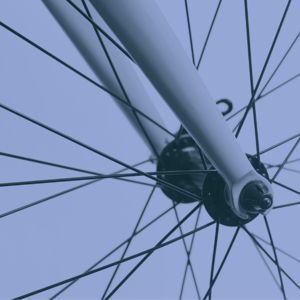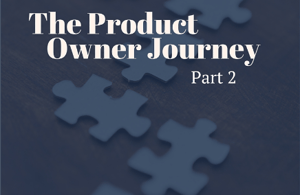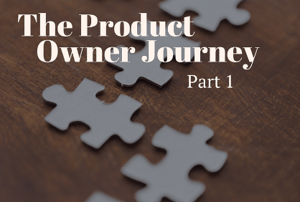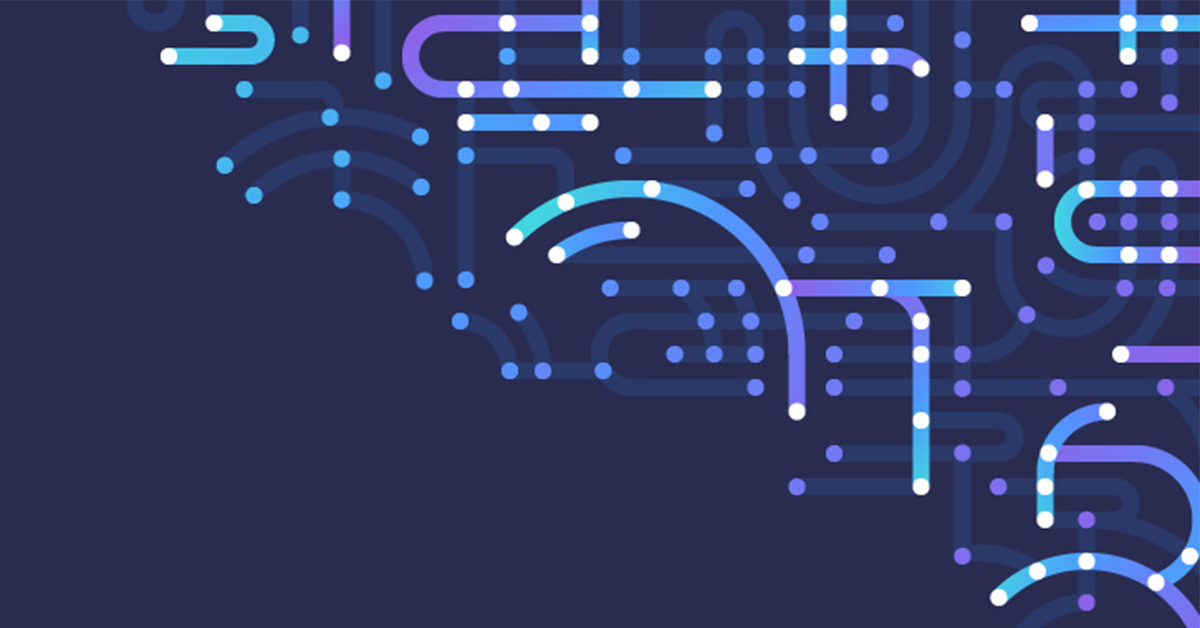We've written often about the major players on a scrum team and how they work together. On an Agile team, different team members are focused on different parts of what Henrik Kniberg calls "The Three Accountabilities of Scrum."
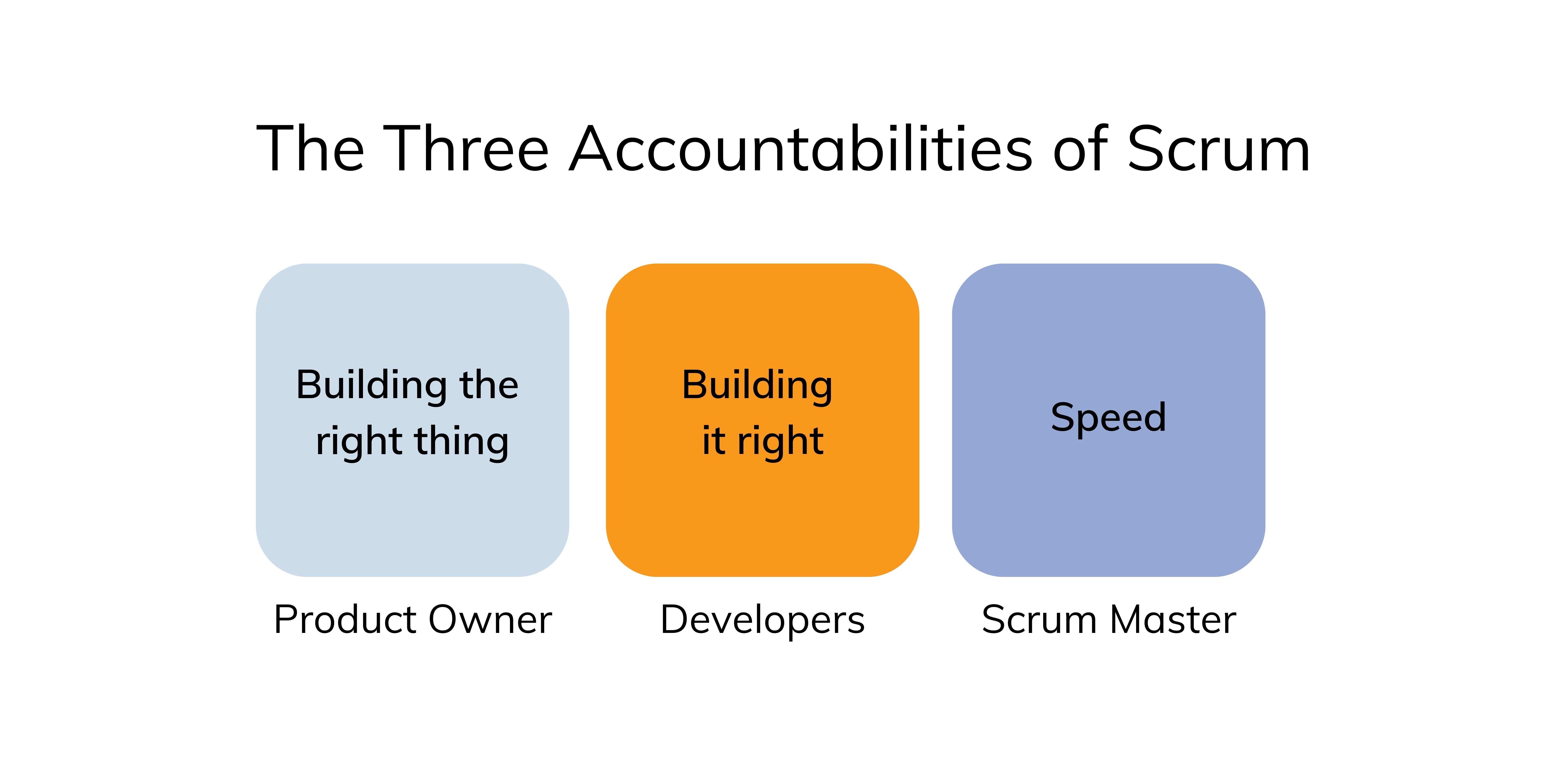
The product owner is focused on building the right thing, developers are focused on building it right, and scrum masters are focused on speed. The last two elements of the scrum team seem straightforward, but the role of the product owner can be tricky. Exactly how does a product owner decide how to build the right thing?
A Bridge Between Strategy and Tactics
To figure out how to build the right thing, a product owner must determine what the "right thing" is by working with the stakeholders and customers. Stakeholders may have a hypothesis of what they want to make, and they may have customer research, but they will need help determining if their product or service is the "right thing" that will actually solve a problem and satisfy customers or users.
Enter the product owner, who can lead a discovery process to help determine what that "right thing" is. For example, a product owner can work with stakeholders and customers to create a journey map, which follows a buyer persona through a process. That process can be as simple as buying a product or as complex as opening a home loan, but what matters is how users feel at each stage, figuring out where they might drop off before completing a task, and considering how that issue can be fixed. This involves a lot of research, but the product owner takes the findings from a journey map and emerges with a product roadmap that achieves the desired goals, such as increasing the number of those who buy a product or sign up for a mortgage.
Then the product owner's role turns more tactical. At this point, they can break that roadmap down into user stories that the development team can work on. Over time, the product owner stays with the team and prioritizes the user stories, which maximizes value, accommodates evolving knowledge and priorities, and creates a steady flow of work for the development team. Perhaps even more important when teams are in the crunch, the product owner can answer questions from stakeholders about certain features and reprioritize so developers can continue their work and bring products to market faster.
That said, even as the product owner is focusing on the day to day, they may be working on the future product direction at the same time. The following diagram shows how a product owner must be able to focus on the present while keeping the future vision in mind as a product evolves:
-3.png?width=1600&name=The%20Work%20of%20a%20Product%20Owner%20(1)-3.png)
The Most Important Skills a Product Owner Needs
As the bridge between stakeholders, customers, and product developers -- not to mention strategy and tactics -- the first skill a product owner needs is diplomacy, as they will be juggling the goals and needs of multiple parties. As Scott Schnier points out in "The Product Owner Journey," "The product owner operates at the friction point between the Agile team and the rest of the enterprise." This is especially the case if the company has recently started an Agile transformation, and a product owner will need to set aside the time to explain the business case for certain decisions and listen to the responses of the scrum master and developers as they explain their own decisions.
A second valuable skill a product owner needs is an understanding of technology. If you only invest in building new features, but don't manage your technical debt, it will take longer to build features, longer to deploy those features, and you'll have worse overall quality. A Product Owner who has an understanding of technology can help balance investment in business features and in the maintenance of the system and automation of processes.
The Product Owner's Secret Weapon
Beyond diplomacy and technical skills, for product owners to fulfill their role, they need a product backlog. Whenever a stakeholder makes a feature request, the product owner works with the team to determine the value of each feature, decides which requests to decline, and decides which requests to add to the product backlog. This is what is known as "backlog refinement." Finally, the product owner is responsible for making sure that team members are fully aware of the priorities set within the product backlog.
This sounds like a lot of work, and it is, but the product owner is not required to carry the entire burden on their shoulders. Instead, they can help lighten the load for everyone – including themselves – by working with the entire team to conduct customer research, design the user experience, and create the backlog.
Are you interested in becoming a product owner or learning more? Explore our Agile Training courses, which cover multiple frameworks and stages of the Agile journey.
Other Sources
- Kniberg, Henrik. "Agile Product Ownership in a Nutshell." YouTube, https://www.youtube.com/watch?v=502ILHjX9EE. Accessed 6 July 2021.
